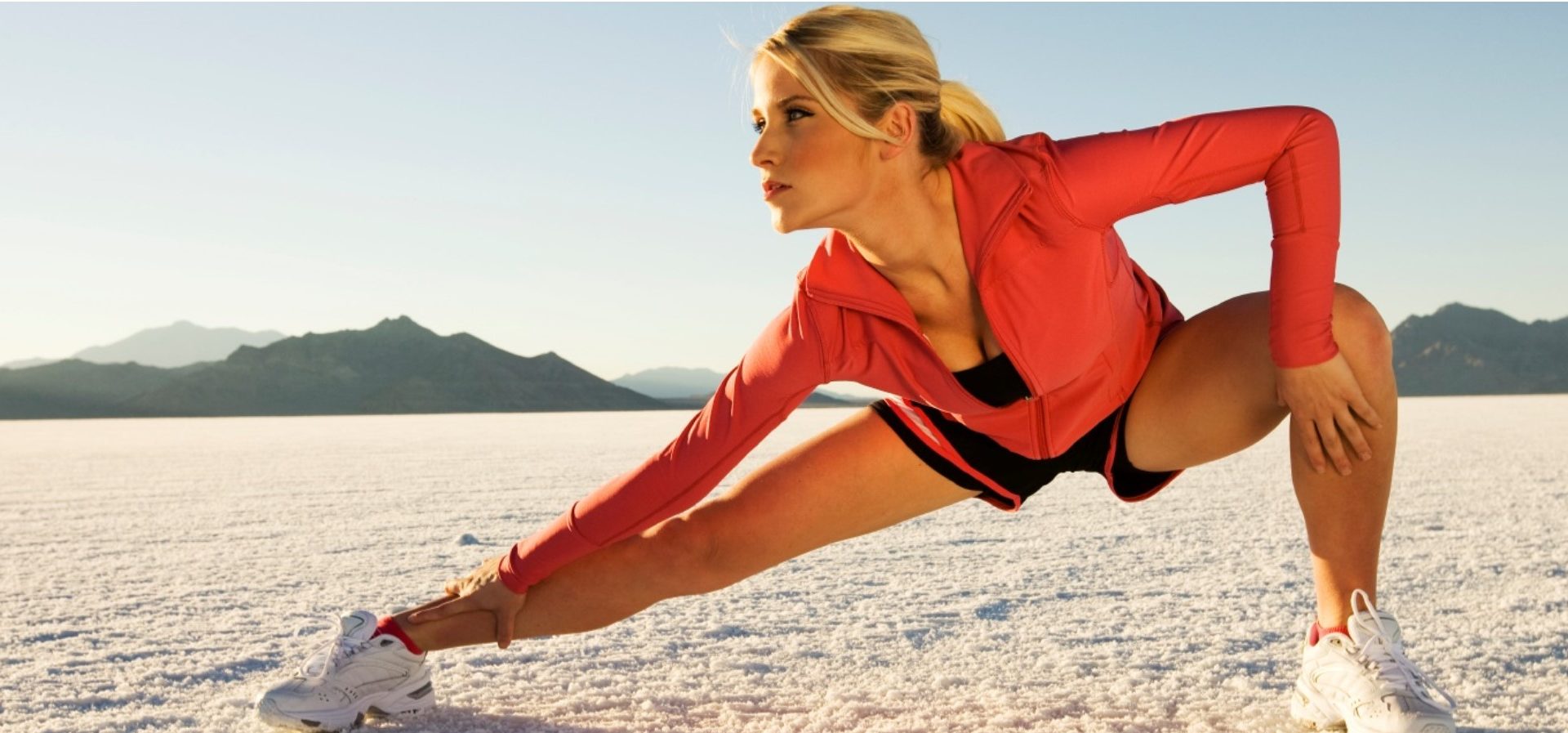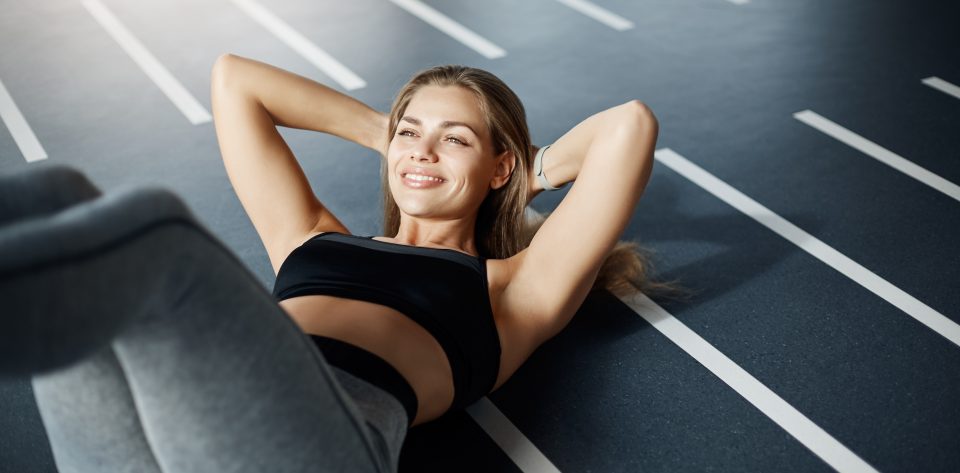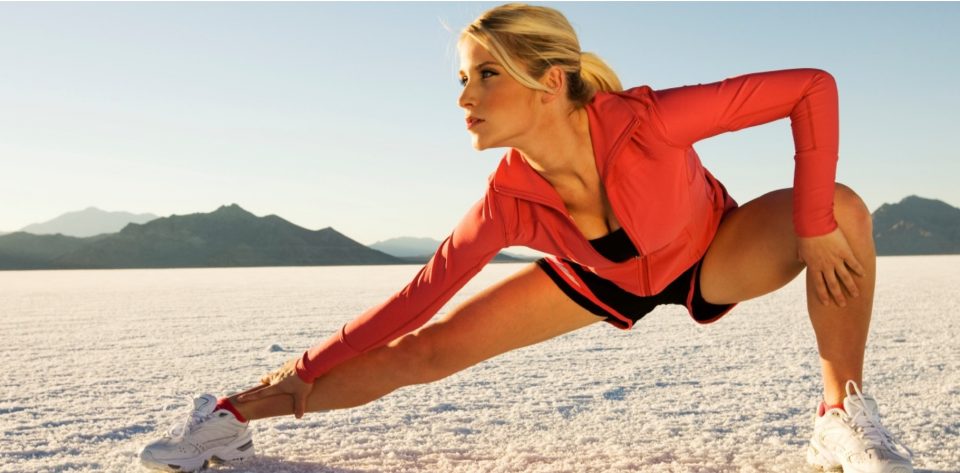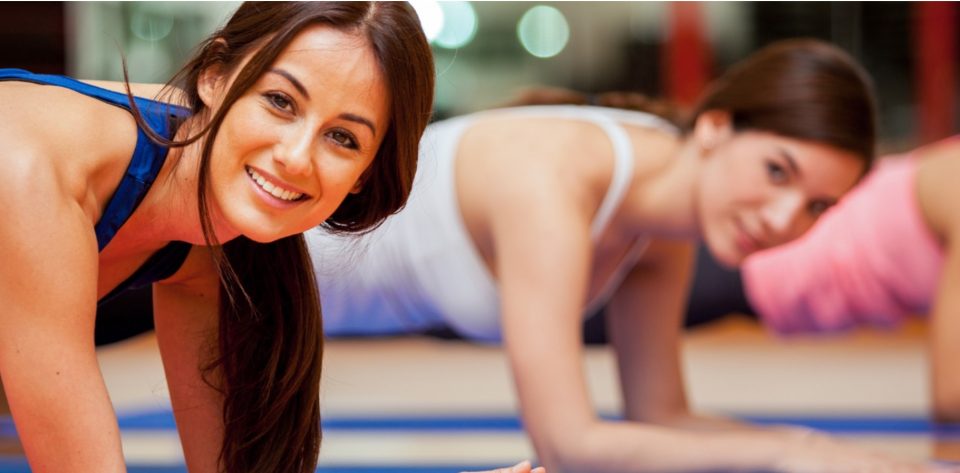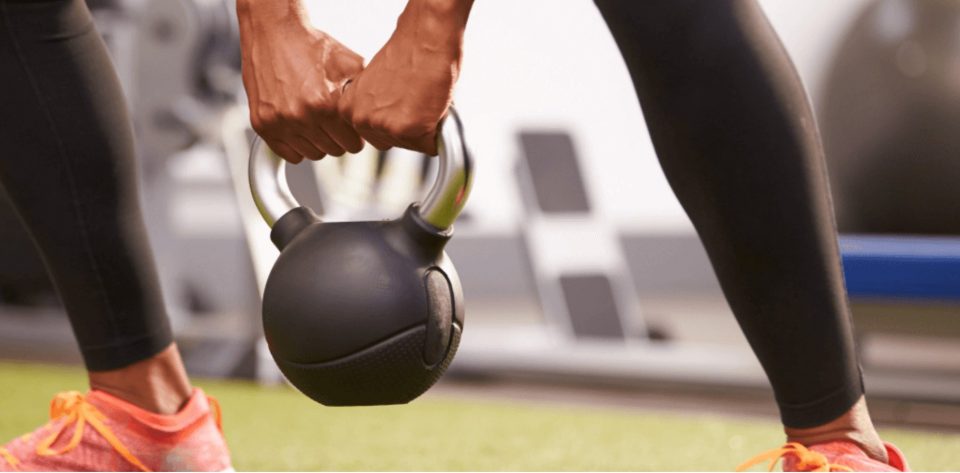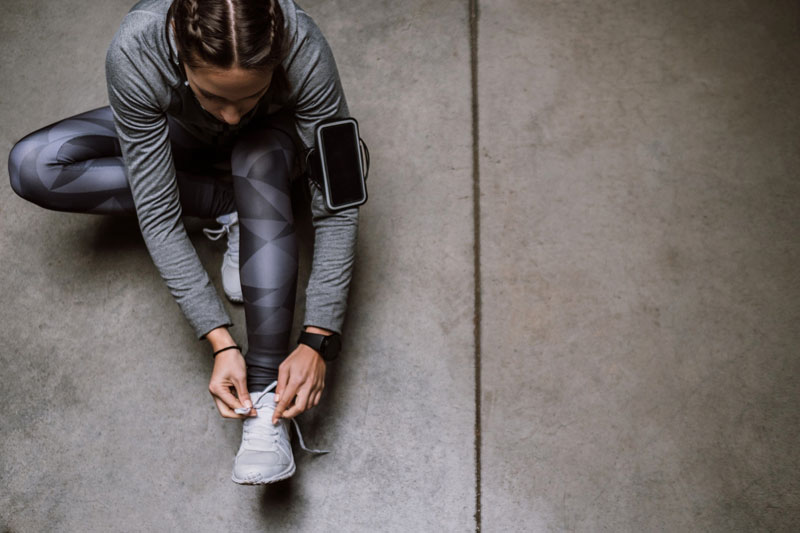MOBILITY, FLEXIBILITY AND STABILITY. WHY ARE THEY SO IMPORTANT?
A huge portion of fitness, training and getting that one step closer to your goals or improving your overall health are the mobility, flexibility, and stability of your joints which are all hugely important factors to consider in your workout plan for getting the most out of every workout and limiting the risk of injury. This is apparent where someone is training within a limited range of motion at the given joint and will significantly increase the risk of injuring as there is an uneven amount of pressure and repetitive stress on that part of your articular cartilage, greatly shown with runners and meniscal tears.
- Mobility – Is the action of moving freely through a given range of motion without restriction or damage to the surrounding tissue.
- Flexibility – Is characterised by the soft tissue, being the muscle, tendons and ligaments that surround the joint being able to shorten and lengthen correctly assisting the joint to move through its full range of motion without issue.
- Stability – Is the action of all surrounding tissue of the joint to smoothly support the joint through its optimal range of motion.
Making it hugely important to incorporate these three factors into any training routine to successfully improve movement.
When should you apply Mobility training? Studies have shown that mobility training on specific joints and muscle groups is best done before every workout for 5-10 minutes. By improving mobility and moving your muscles and joints through a proper range of motion, the mind muscle connection is greatly improved. The connection between the two can often assist in increasing power and strength output, larger and smoother range of motion in the joints, and actively a significantly better workout. Mobility is improved by specifically targeting different muscles and joints throughout the warmup, warming the muscles for the target muscle group and opening joint capsules ready for the lift or exercise at hand. Mobility warmups include, foam rolling, lunge and squat stretch variations, controlled leg swings and other movement drills to prepare the body for the workout.
Flexibility is then done post workout to stretch and lengthen all muscles worked in your workout. This is where static stretching is done targeting the whole body, starting with the ankles and working up to the hamstrings, quads, groin, glutes, hip flexors and upper body. Holding each stretch for 30-60s to release the muscle and only taking it to an RPE (rate of perceived exertion) of 5-6/10 to avoid over stretching a muscle.
Stability uses the body’s main CNS to allow you to make bodily movements based on the signals sent by your nervous system to the muscles. When your CNS (Central Nervous System) directs your body to do a particular movement, these signals sent by the CNS work with the infrastructure that enables that movement. Stability in the form of a squat, stability often an overlooked aspect of training is largely needed in everyday movement. Walking among unstable ground, getting in and out of a car, the list goes on. A back squat is a perfect example of stability training where it targets not only the large primary muscles such as the gluten, hamstrings and quadriceps but the smaller stabilising muscles surrounding the pelvis and hips.

